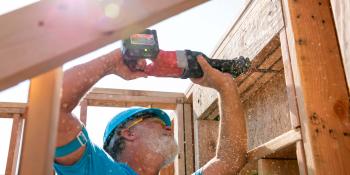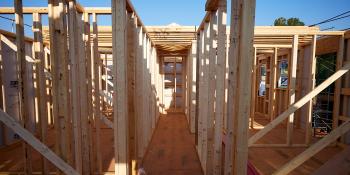As part of the 2025 Jimmy & Rosalynn Carter Work Project, Habitat helped build homes in the Whisper Valley development in Austin, Texas. Whisper Valley is a thoughtfully planned, sustainable community that prioritizes energy efficiency, innovation and long-term affordability.
Interested in learning more about how geothermal energy systems can reduce greenhouse gas emissions? We’ve gathered the most frequently asked questions below.
Geothermal energy basics
Geothermal energy uses the earth’s natural ground temperature to provide electricity, heating and cooling. Geothermal heat pumps or systems circulate fluid through underground pipes to absorb the Earth’s stable temperatures.
This fluid absorbs heat from the ground in the winter and pulls heat from the house in the summer. Inside the home, a geothermal heat pump warms or cools the air.
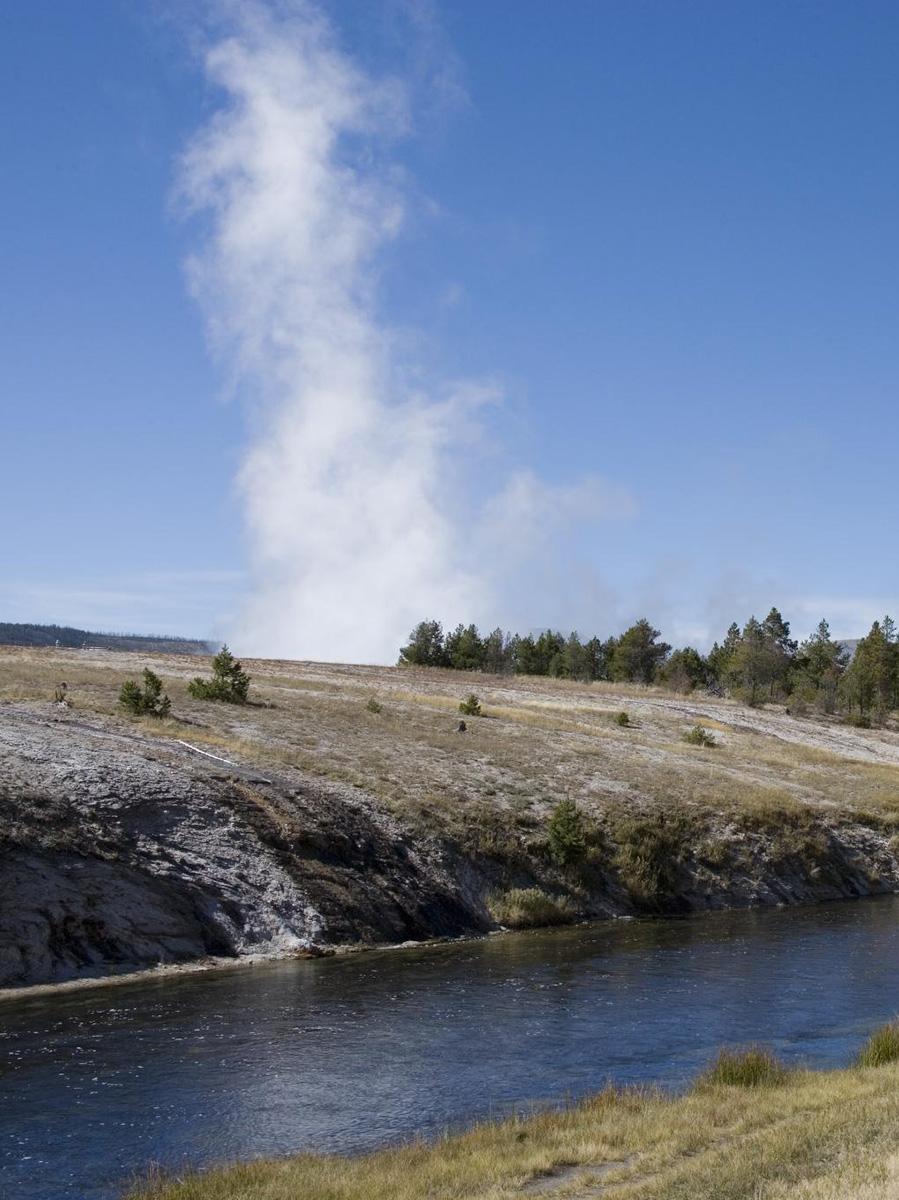
Whisper Valley: A geothermal neighborhood
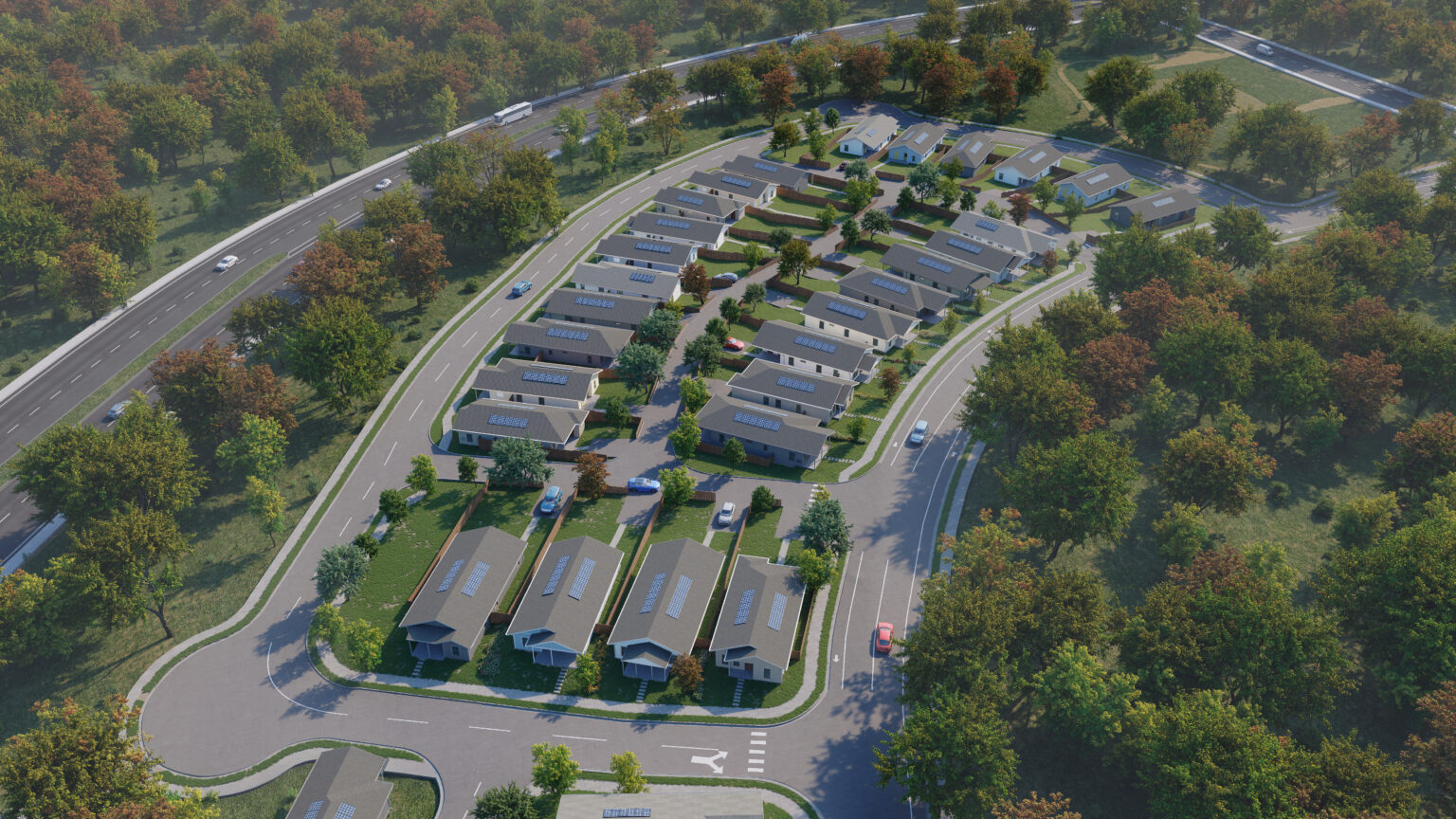
It’s the first master-planned U.S. community where every home is connected to a shared geothermal infrastructure, making renewable energy accessible and affordable for all residents.
Whisper Valley homes are zero-energy capable, meaning they are so efficient that they can produce as much energy as they consume. This often leads to lower utility bills and top-tier Home Energy Rating System, or HERS, scores.
Renderings of the Whisper Valley development (Austin Habitat for Humanity).
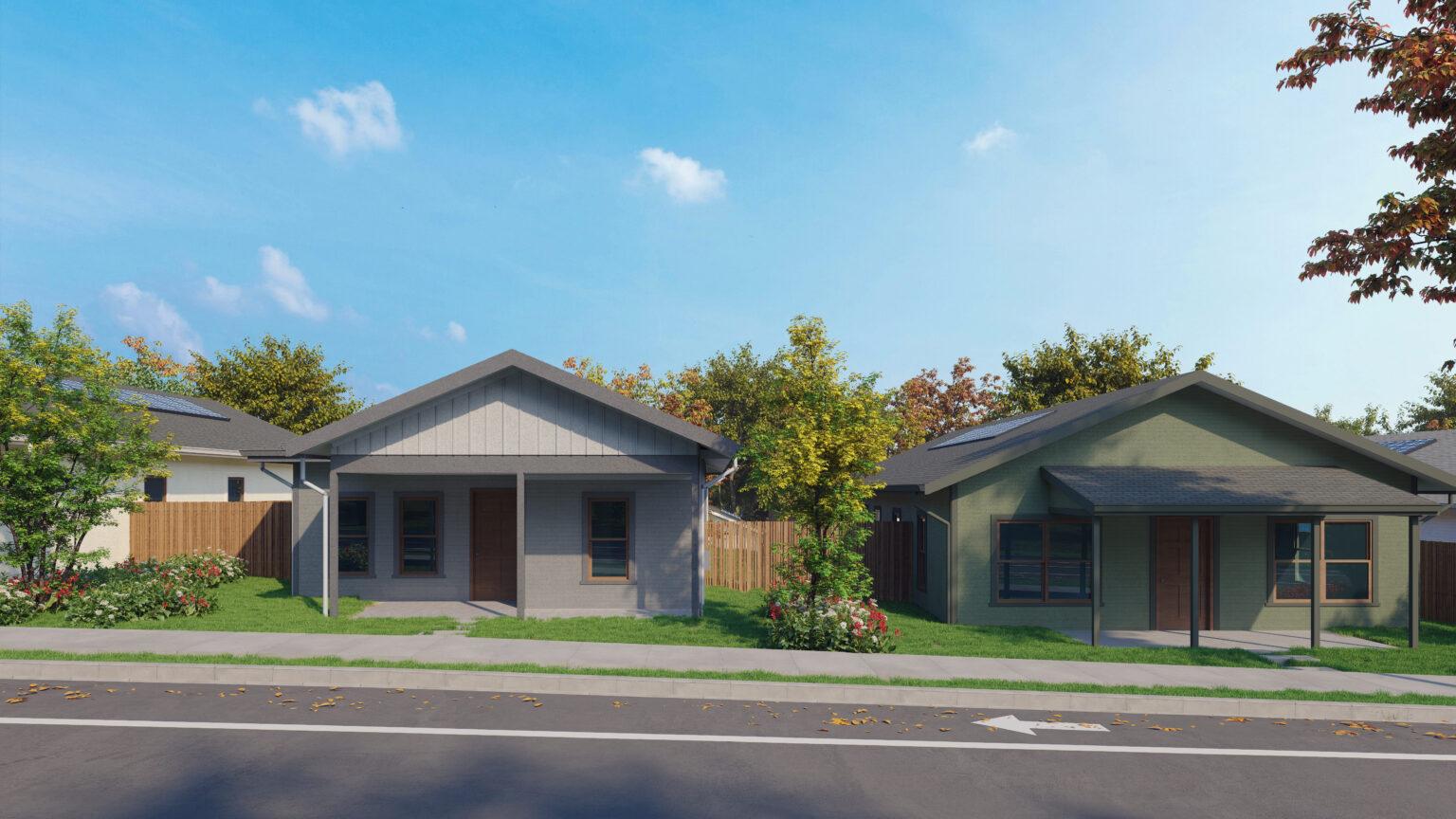
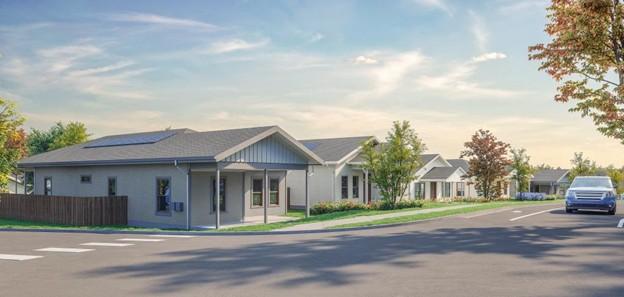
Renderings of the Whisper Valley development (Austin Habitat for Humanity).
Sustainable development
Austin Habitat for Humanity is recruiting qualified homeowners for Whisper Valley. Homes range from $230,000-$245,000, and applicants must earn at or below 80% of the area’s median family income to qualify.
